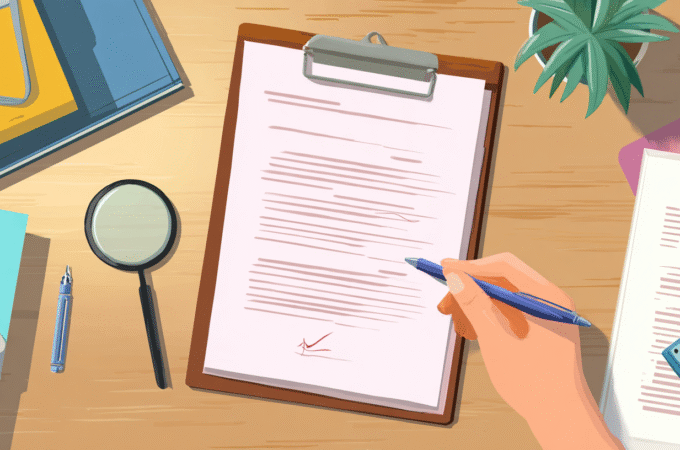
How to Tell the Difference Between Anorexia Nervosa and Bulimia Nervosa in a Loved One
A diagnosis of anorexia nervosa or bulimia nervosa is never an easy thing to hear. These well-known eating disorders cause trepidation in families and friends due to the many possible negative health effects anorexia nervosa and bulimia nervosa can have. Positively, these fears can be allayed by the comprehensive care available at anorexia nervosa treatment centers. On the other hand, maybe people don’t have the medical and psychological background to accurately make a diagnosis themselves. For people who aren’t sure whether their loved one has an eating disorder, here’s a handy guide to the respective symptoms of anorexia nervosa and bulimia nervosa which can help clarify the difference and allow them to make the right decision on how to proceed with getting anorexia nervosa treatment.
What Is Anorexia Nervosa?
An anorexia nervosa diagnosis is normally a combination of physical and psychological tests performed by a team of professionals. Anorexia nervosa is considered to be the most dangerous of all mental health disorders, raising the rate of suicide and death by malnutrition to almost 12 times the rate of the non-disordered population. It’s estimated that without anorexia nervosa treatment, 20 percent of people with the disorder will die. Clearly, it’s essential to make a diagnosis and begin getting them help as early as possible.

So, what are the symptoms of anorexia nervosa? The main defining characteristic is a strict avoidance of caloric intake, that is, eating only tiny amounts of food or skipping meals altogether, even to the point of becoming emaciated or malnourished. To put it simply, people with extreme anorexia nervosa symptoms are starving.
Anorexia nervosa has several other complications related to both the physically severe lack of food and nutrition, and to the psychological factors that contribute to it. Friends and family who are close to the individual can look out for:
- Thinning hair or brittle hair
- A fine downy hair growth on the body
- Intolerance to cold
- Abdominal pain
- Dried-out or yellowing skin
When examined by a doctor, people with anorexia nervosa will often show the following symptoms:
- Low blood pressure
- Anemia
- Lack of menstruation
- Malnutrition
Finally, there are some common behavioral and emotions signs to look out for:
- Preoccupation with weight and body size
- Distorted perception of one’s weight
- Avoiding eating in public
- Insomnia
- Being suddenly socially withdrawn
What Is Bulimia Nervosa?
Another very well-known eating disorder, bulimia nervosa also has a much higher incidence of mortality than other eating disorders, but bulimia presents some different symptoms than anorexia nervosa. Bulimia nervosa also often carries a distorted and overwhelmingly negative perception of the person’s body and weight which causes disordered behaviors. In contrast to an anorexia nervosa diagnosis, people with bulimia nervosa are not normally underweight or emaciated. In fact, they may be overweight in some cases. This is due to the first half of the binge/purge cycle that defines the disorder.

Bulimia nervosa is a series of disordered thoughts and behaviors that stem from a poor body image. People with the disorder will take part in binge eating episodes on a regular basis, in which they will eat large amounts of (often unhealthy) foods in a short period of time. This is normally done in secret, and away from typical mealtimes. These binge eating episodes are followed by purging behaviors which are designed to rid the body of the calories eaten. Most commonly this manifests as self-induced vomiting, but other methods may include abusing laxatives or diuretics, administering enemas, or obsessively exercising. Some common signs of bulimia nervosa include:
- Preoccupation with body size
- Cycling through extreme diet phases
- Rapid weight loss or weight gain
- Hoarded food, usually hidden away
- Lots of discarded food wrappers or laxative containers
- Signs and smells of vomiting
- Excusing themselves following meals
- Discomfort around mealtimes or eating in public
- Discolored teeth and fingers
Making a Diagnosis of Anorexia Nervosa and Bulimia Nervosa
People that are concerned that a loved one is showing signs of an eating disorder like anorexia nervosa or bulimia nervosa can’t make the call themselves – only medical and psychiatric professionals can make a true diagnosis. But If you see the signs and symptoms listed above, it’s worthwhile to contact a professional anorexia nervosa treatment center sooner rather than later. It can make the difference in saving your loved one’s life.




